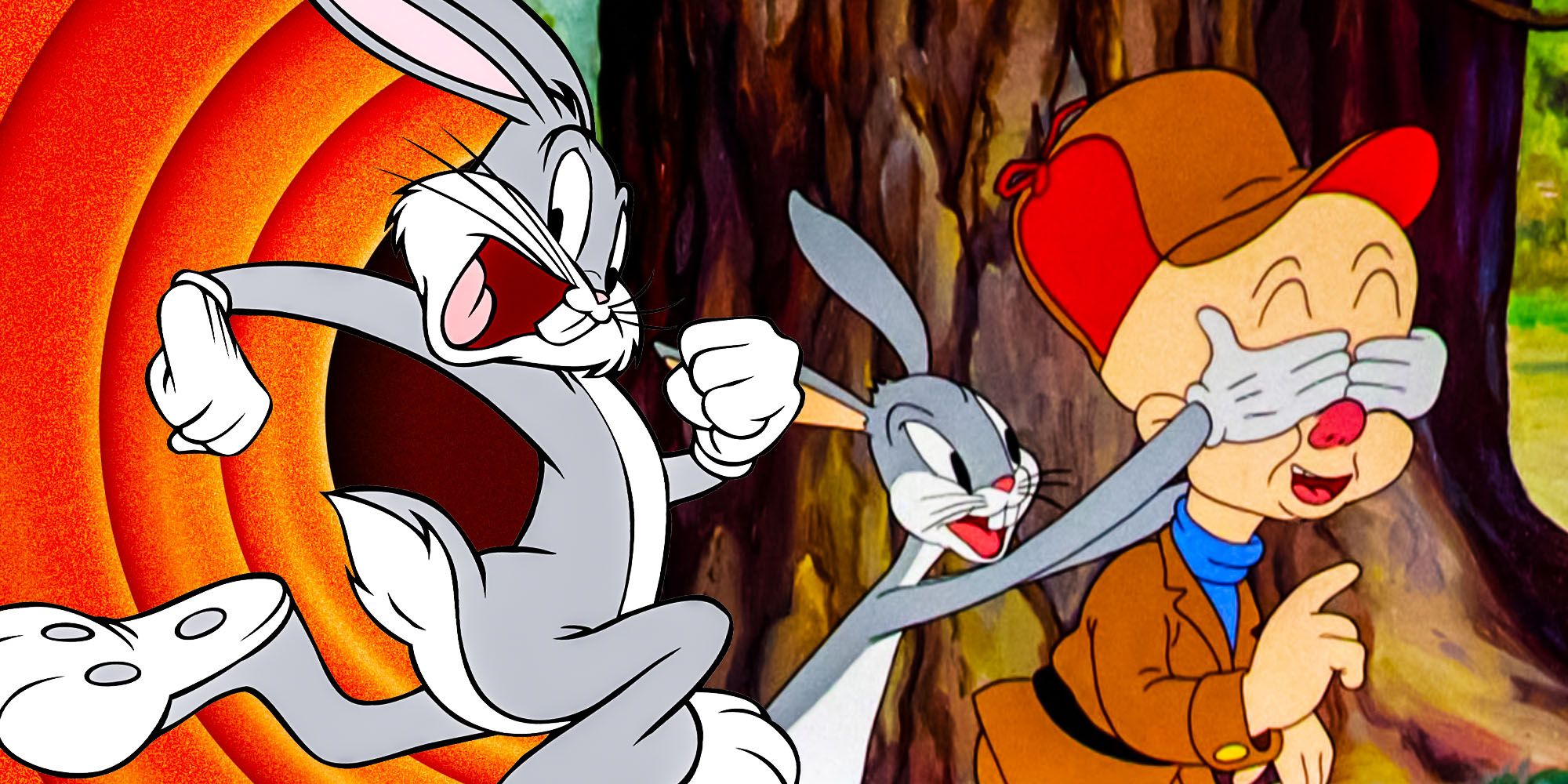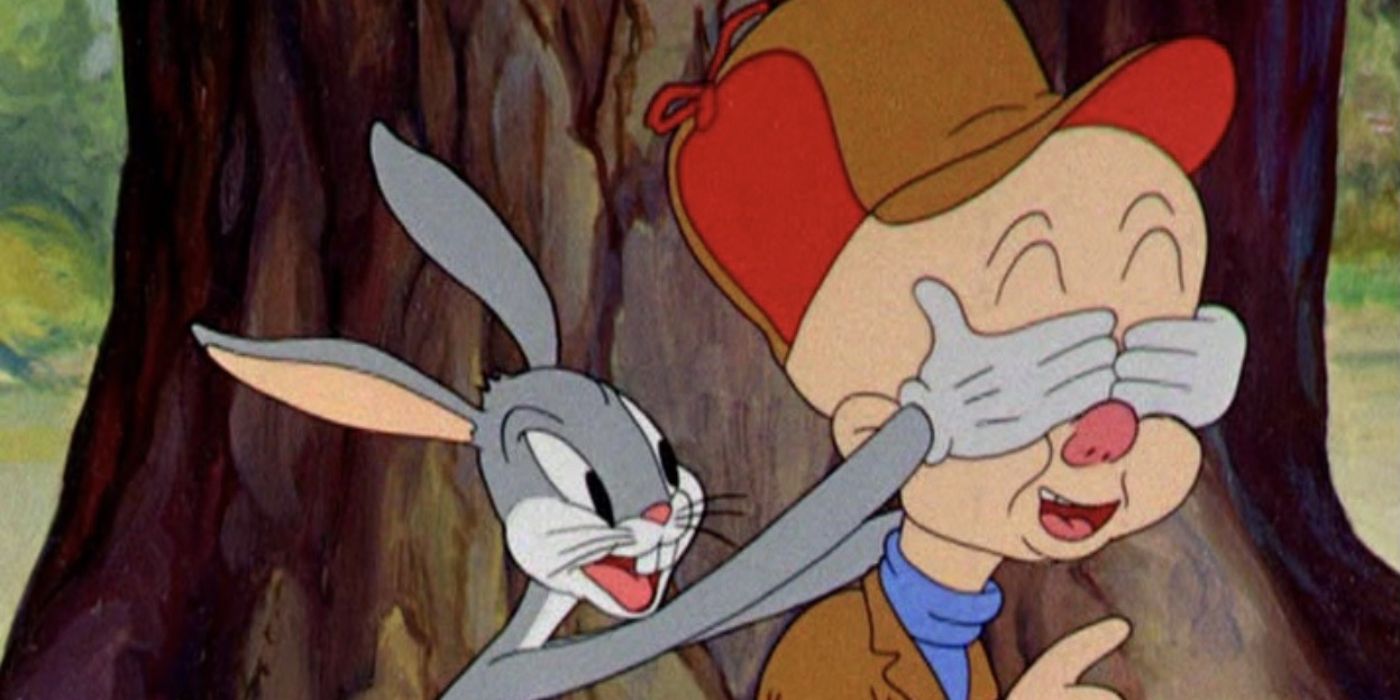Cartoon icon Bugs Bunny is most famous for Looney Tunes, but he didn't debut on the show. When it comes to animated characters, Bugs Bunny occupies a level most creations will never reach, alongside characters like Mickey Mouse, Homer Simpson, and Charlie Brown. Often spouting his "What's up, Doc?" catchphrase, Bugs and his exploits have managed to captivate audiences of all ages since his rise to stardom in the 1940s, and along with fellow Looney Tunes like Daffy Duck and Porky Pig, he keeps managing to stay relevant.
Bugs Bunny has gone through multiple iterations over the years, but when he's thought of, it's most likely his classic Looney Tunes (not Toons) version made by Warner Bros. that many think of - the carrot-chomping hare that gets himself into all kinds of wacky shenanigans with other notable Looney Tunes characters. It's a testament to how well-made WB's old cartoons are that they still manage to entertain viewers so many decades after release, partly thanks to the studio's determination to keep these shows remastered in high quality and widely available to watch.
In more recent years, Bugs Bunny has also become a movie star, perhaps most notably in the Space Jam franchise. It's yet another example of Bugs' ability to defy fading away into the past, despite the fact that he's more than 80-years-old. As much as Bugs does continue to be primarily identified with Looney Tunes though, he actually made his screen debut on fellow WB cartoon Merrie Melodies, specifically in the 1940 shot "A Wild Hare." Bugs spends the short outwitting gun-toting Elmer Fudd (another Looney Tunes favorite), who's hunting him.
Interestingly, Bugs Bunny did appear - sort of - in a Looney Tunes short before Merrie Melodies' "A Wild Hare," with that short being 1938's "Porky's Hare Hunt." That short actually features a similar plot to "A Wild Hare," only with Porky Pig standing in for Elmer Fudd as the hunter. The reason "Porky's Hare Hunt" doesn't count as Bugs Bunny's official debut is because the rabbit found within is only an early prototype of what would become Bugs - a rabbit named Happy. Happy looks and sounds quite different from Bugs' final version, although it's clear he was a kind of precursor.
Bugs Bunny - who would be public domain by now if not for Disney - proved a quick success, with "A Wild Hare" receiving an Oscar nomination, and a 1941 Merrie Melodies short starring Bugs - "Hiawatha's Rabbit Hunt" - also being nominated. Sadly, neither short won the award. One of the aspects distinguishing Merrie Melodies from Looney Tunes at the time is that the former was almost always in color instead of black and white, and it wasn't until 1944, when Looney Tunes went full color, that the ever-evolving Bugs Bunny first starred in that series. Oddly, it was World War II of all things that cemented Bugs as the face of the Looney Tunes brand, which would eventually eclipse Merrie Melodies. Bugs' laid back attitude charmed the masses, and before long he was appearing in successful WWII-themed shorts, although many would argue said shorts are now quite racially problematic.


